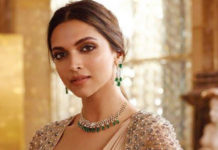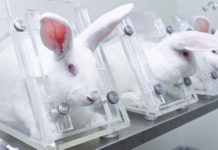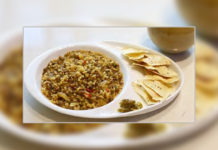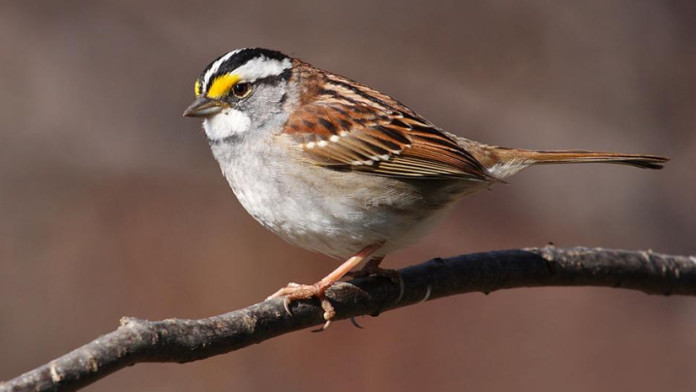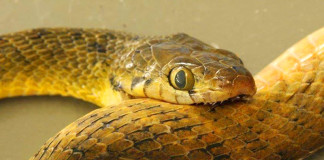March 20 of every year is dedicated to these hyper-active, chirpy and smallest birds- sparrows. On this World Sparrow Day, let’s see few of the interesting facts on these birds.
They can swim to escape from predators, although they are not considered to be water birds.

Sparrows are around 14-16 cm long. They are chirpy, with grey and brown color. They have the ability to fly at the speed of 38.5 km/hour and can even reach a speed of 50 km/hour.

The population of sparrows has been declining, as there is less food for them, because of fewer gardens. They are now on the threatened birds’ list in many parts of the world.

Sparrows have often been eaten as food. Sparrow pie was common in Britain in the First World War. They are illegally imported from China.

Sparrows have life span of about 4-5 years. Sparrows are generally not territorial, but they are quite aggressive when it comes to protecting their nest

The cause of the sudden decline remains a mystery, though many improbable theories have been put forward, ranging from unleaded petrol to the use of mobile phones.

When sparrows were at their most numerous a century ago, there were many sparrow clubs whose members competed to kill the most birds in a year.
 Though a long-established resident of Britain, it’s not thought to be a native, but spread naturally north from North Africa.
Though a long-established resident of Britain, it’s not thought to be a native, but spread naturally north from North Africa.

Their adaptability can be gauged by the fact that they have been found living and breeding 2000ft underground in a coalmine; others have been recorded living their whole lives inside warehouses.

Few birds are happier in the company of man than the house sparrow, and for much of the year it is rare to find them far from human habitations.

House sparrows are non-migratory, but urban flocks traditionally moved to the countryside in the late summer to feed on the ripening grain fields.

Though adults are mainly vegetarian, young birds need a high proportion of animal matter (insects) in their diet when first hatched.

They are quick to learn new feeding habits, soon adapting to taking food from suspended nut feeders.

The difference between a male and a female sparrow is that the former has a reddish back and a black bib, whereas the female has brown back with eye stripe.

These birds usually nest in cavities, but some may nest in bushes and trees as well. They build untidy nests of grass and assorted rubbish, including wool, feathers and fine vegetative material.

By: Archa Dave



